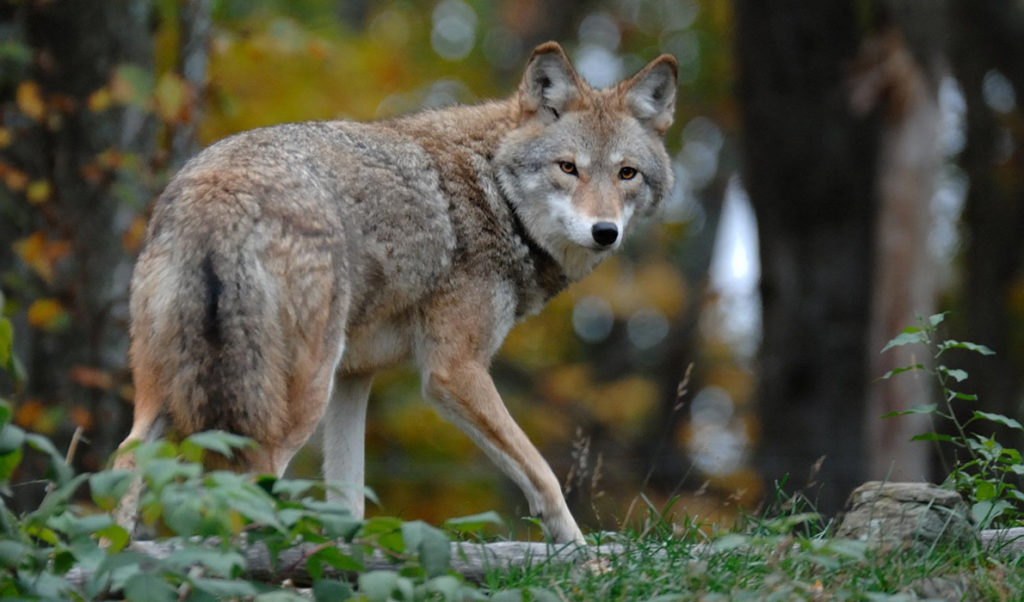By Geri Vistein
As a wildlife biologist here in Maine whose focus is educating our people about our returning or recovering carnivores and the skills to live well with them, I felt the need to respond to the article in the November issue of The Working Waterfront, “Coyotes on Chebeague worry islanders.”
When we humans have no knowledge of fellow beings that we share our planet with, which includes our fellow humans, fear often raises its ugly head. And at that point, we have the opportunity to decide what we will do with that fear.
So, for the past 500 years, that fear created a vision of the “other” as the enemy that needed to be killed. And today we are the heirs of this belief system.
I am grateful to the person who wrote this article, as she meant to assist the community in doing so. And what she has accomplished so well for everyone who reads it is: This is how we see coyote now.
With all due respect to the writer, this article is about fear, and then, about how we can kill or control this “enemy.” The sub title was: “Town looks into cost of sharpshooter, trapper.”
And a prejudicial word was used more than once to describe coyotes: non-native. There is no species on the American continent more native than the coyote. It has lived here, and nowhere else on the planet, for over 5 million years. Anthropologists have found their ancient bones here in the East in numerous places, as well as in the tar pits of California, along with ancient camels and mastodons.
Note the meaning of non-native: Non-native species are those that have been introduced by humans into new areas that have not historically been part of their native range. The American continent and outlying islands are the coyote’s native range.
How we see coyote now is the result of the many filters we as humans create to see the world and the others who share it with us. So how can we remove these filters that have long blackened our vision regarding our native wild dog, coyote? It is about educating ourselves, getting to know who they are, why they expanded their range to Maine and what they are doing here that is so important, as well as learning the coexistence skills to live well with them.
We want our children to see coyote in a whole new light. We owe this to them: shifting from fear to respect and wonder.
I travel all over Maine and spend time with our communities, sharing the knowledge we have about this important carnivore and helping our communities practice coexistence skills. Everywhere I go I am so inspired by the respect our Maine people have for our wildlife—all our wildlife.
We have such enlightened farmers who welcome the coyote families onto their farm because they understand a farm is an ecosystem that needs its predator. They can do this because they make use of time-tested animal husbandry practices and do not allow individuals to kill their coyotes.
Our teachers and land trusts often seek my assistance, as they wish to integrate coyotes and other carnivores into their environmental programs.
Numerous traditional hunters here in Maine have shared with me their respect for our coyotes, and personal stories they have experienced.
Coyotes are our keystone carnivore here in Maine. After over 150 years without our keystone carnivore the wolf, and our cougars, coyotes have come to fill all those empty niches, and getting to work to heal the land of our state.
One healing that is greatly needed is ending the Lyme disease epidemic. Note I use the word epidemic. Epidemics on our planet are the result of a great imbalance of ecosystems. Our coyotes can affect a change on the land that will subdue this epidemic. But only if we let them.
I invite readers to visit my educational website: www.CoyotelivesinMaine.org
and read the book I authored for our people as well: I Am Coyote.
Geri Vistein is a carnivore conservation biologist and founder of the Coyote Center for Carnivore Ecology and Coexistence.





